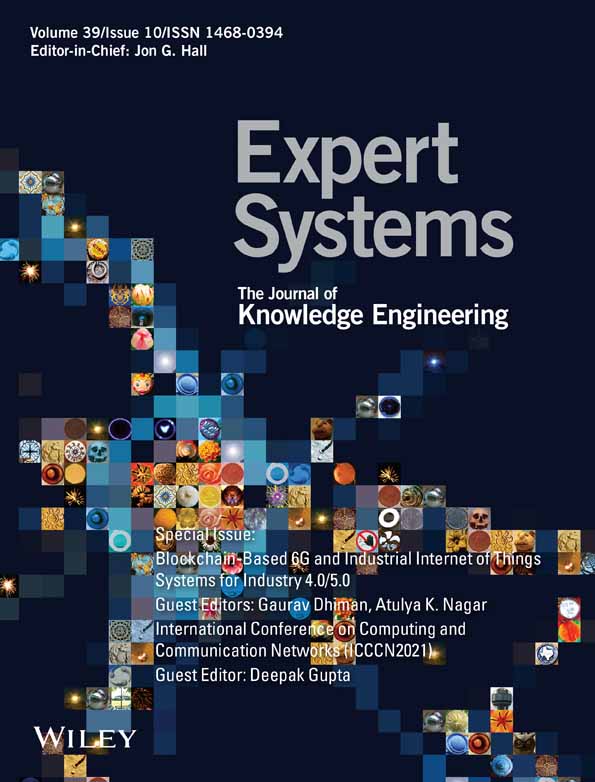Effective hybrid deep learning model for COVID-19 patterns identification using CT images
Abstract
Coronavirus disease 2019 (COVID-19) has attracted significant attention of researchers from various disciplines since the end of 2019. Although the global epidemic situation is stabilizing due to vaccination, new COVID-19 cases are constantly being discovered around the world. As a result, lung computed tomography (CT) examination, an aggregated identification technique, has been used to ameliorate diagnosis. It helps reveal missed diagnoses due to the ambiguity of nucleic acid polymerase chain reaction. Therefore, this study investigated how quickly and accurately hybrid deep learning (DL) methods can identify infected individuals with COVID-19 on the basis of their lung CT images. In addition, this study proposed a developed system to create a reliable COVID-19 prediction network using various layers starting with the segmentation of the lung CT scan image and ending with disease prediction. The initial step of the system starts with a proposed technique for lung segmentation that relies on a no-threshold histogram-based image segmentation method. Afterward, the GrabCut method was used as a post-segmentation method to enhance segmentation outcomes and avoid over-and under-segmentation problems. Then, three pre-trained models of standard DL methods, including Visual Geometry Group Network, convolutional deep belief network, and high-resolution network, were utilized to extract the most affective features from the segmented images that can help to identify COVID-19. These three described pre-trained models were combined as a new mechanism to increase the system's overall prediction capabilities. A publicly available dataset, namely, COVID-19 CT, was used to test the performance of the proposed model, which obtained a 95% accuracy rate. On the basis of comparison, the proposed model outperformed several state-of-the-art studies. Because of its effectiveness in accurately screening COVID-19 CT images, the developed model will potentially be valuable as an additional diagnostic tool for leading clinical professionals.
CONFLICT OF INTEREST
The authors declare no conflict of interest.
Open Research
DATA AVAILABILITY STATEMENT
We have trained as well as tested our proposed model on Covid-19 CT scan images. This dataset consists of 397 and 349 CT images as Covid-19 and non-Covid-19 cases, respectively. The dataset available online on: https://github.com/UCSD-AI4H/COVID-CT/tree/master/Images-processed




